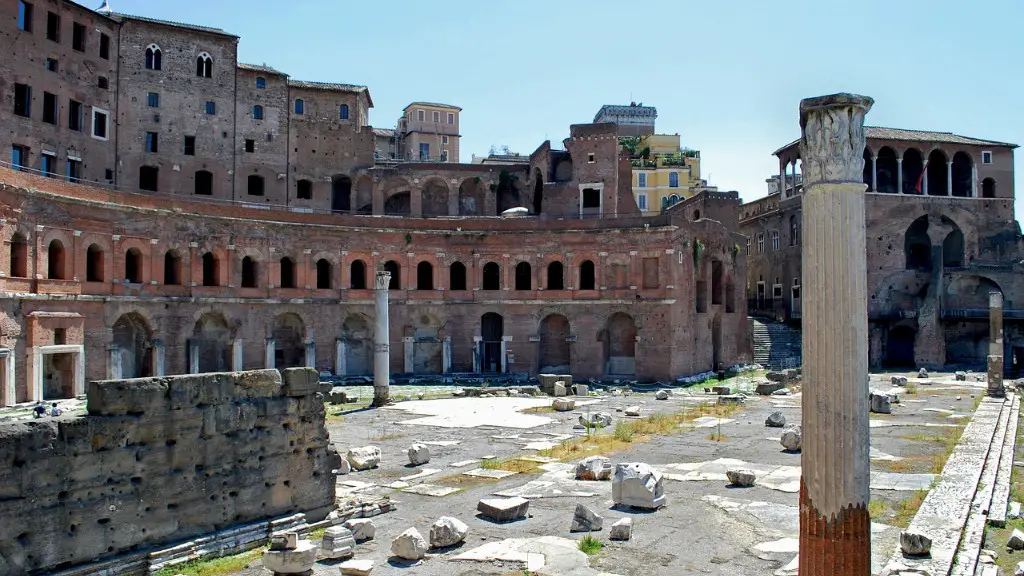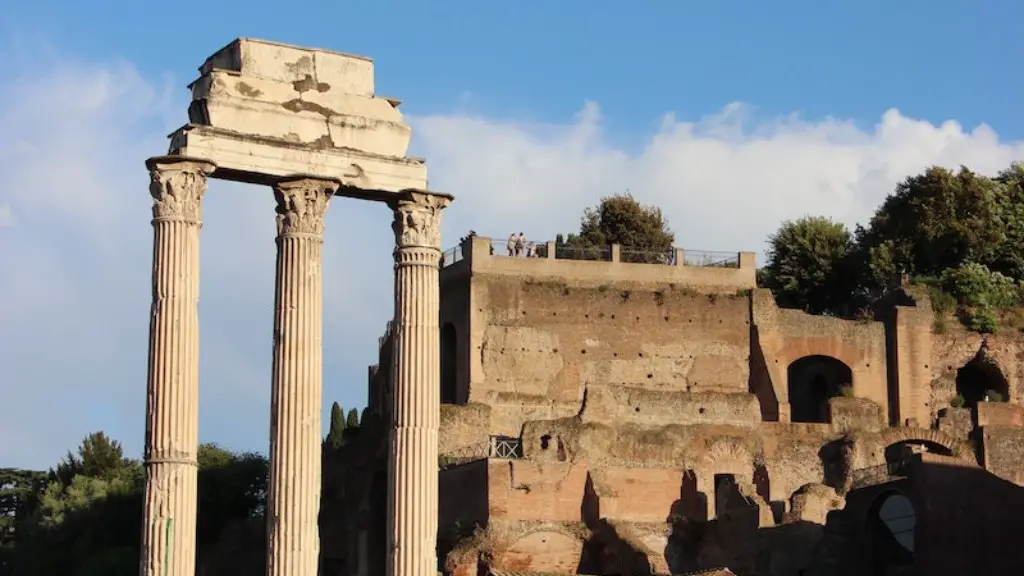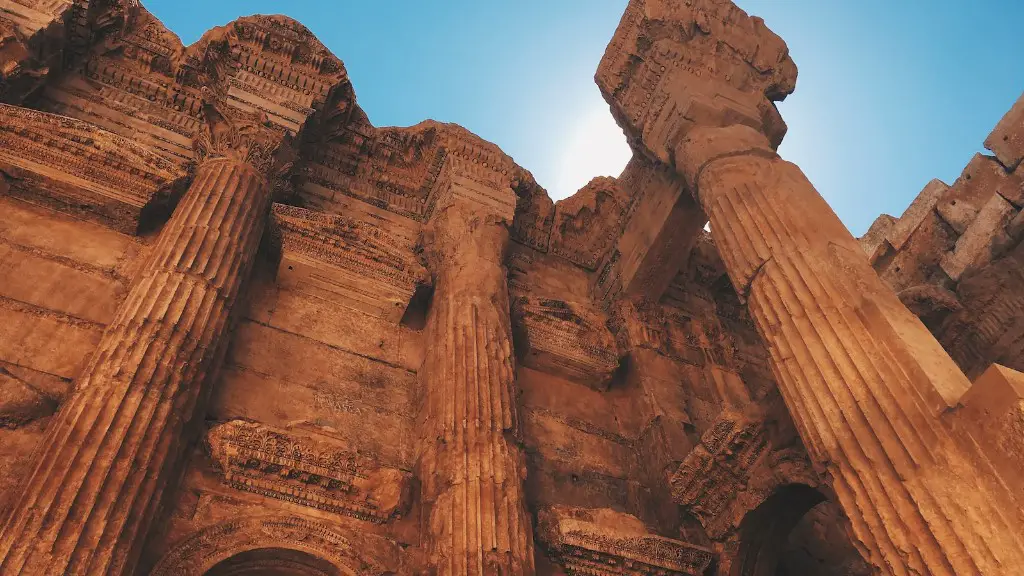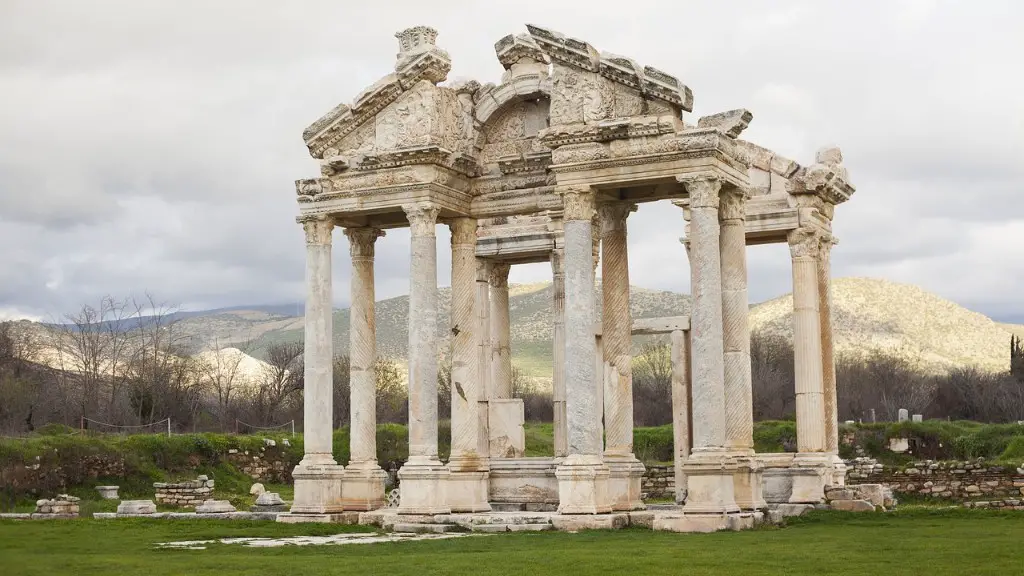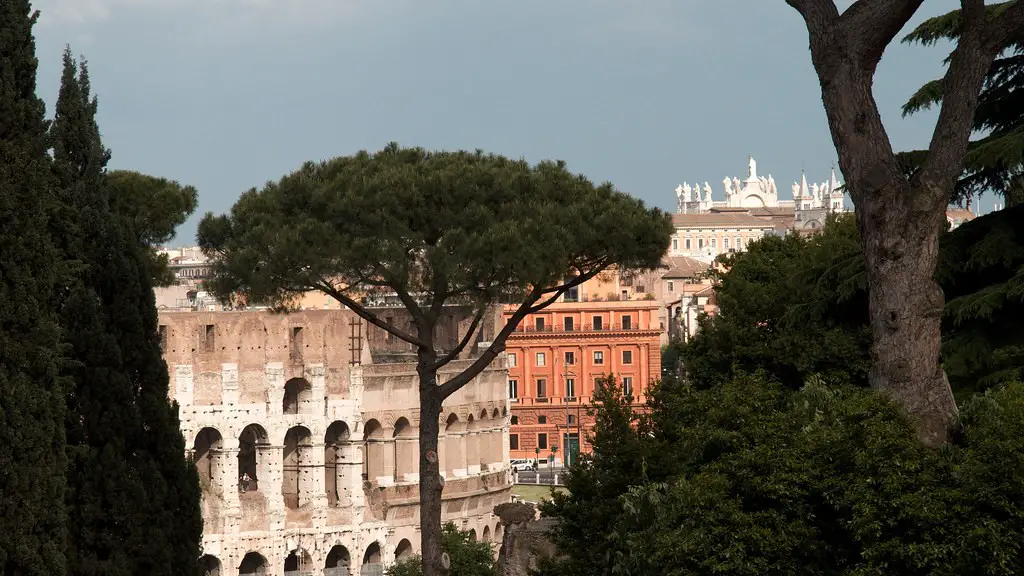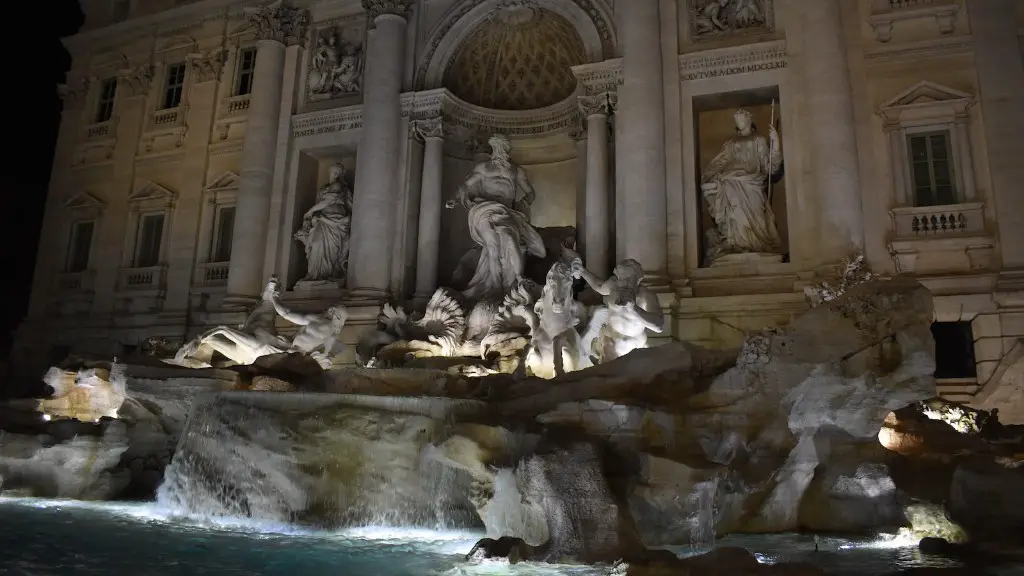What Is Ancient Rome Art?
Ancient Roman art can be divided into two main periods: the Classical period, which lasted from about the 5th century BC to the 4th century AD, and the Late Antique period, which lasted from the 4th to the 7th century. Ancient Roman art is renowned for its grandeur, awe-inspiring monuments, and depictions of everyday life. Although Ancient Roman art was greatly influenced by Greek traditions, Roman artists also developed their own style and motifs. Ancient Roman art was also heavily influenced by politics and culture, which had profound effects on art.
Ancient Rome was renowned for their architectural monuments and sculptures, many of which can still be seen today. The Colosseum, Pantheon, Forum, and Appian Way are just a few of the iconic monuments that have survived. These architectural wonders are admired for their grandeur and complexity. Not only were these monuments created to celebrate Roman gods and emperors, but they were also crafted to showcase the technical capabilities of Roman artisans. Ancient Roman sculptures were particularly admired for their naturalism and lifelike representation of the human body. The deified Augustus and the Ludovisi Throne are two examples of Ancient Roman sculpture at its peak.
In addition to architectural monuments and sculptures, Ancient Rome is also famous for its colorful and vibrant frescoes, mosaics, and other wall decorations. Ancient Roman frescoes and mosaics were used to decorate the walls and ceilings of homes, forums, and other public spaces. The mosaics of the House of the Faun in Pompeii are among the most famous and well preserved Ancient Roman artworks. These works featured scenes from mythology, battles, and everyday life.
Portraiture was also an important form of Ancient Roman art. In the early stages of the Republic, portrait busts of the great statesmen of Rome were used to document their achievements. By the end of the Republic, public portraits of the emperors and their families had become a popular form of art. As sculpture technique improved, so did the quality of these portraits, resulting in lifelike depictions of the emperor.
In addition to the aforementioned forms of art, Ancient Rome also produced some unique and vibrant paintings about nature. Landscape paintings created during this period depicted various scenes from nature, such as forests, mountains, and rivers. Ancient Roman painters such as Panfilo were renowned for their vibrant use of color and ability to capture the beauty of nature.
Techniques Used By Ancient Rome Artists
Ancient Roman art was a form that was heavily influenced by political events and its cultural heritage. This influence was reflected in the techniques and materials used by Ancient Roman artists. One of the most important techniques used by Ancient Roman artists was encaustic painting. Encaustic painting involved the mixing of heated beeswax and pigments, resulting in vivid and colorful images. This technique enabled Ancient Roman artists to create works that were richly colored and detailed. Additionally, Roman artists often used marble and stone for sculpting and limestone for wall paintings and mosaics. These materials allowed for the creation of large and impressive works of art.
In Ancient Roman art, great emphasis was placed on realism and accuracy. Artists strove to create lifelike depictions of their subjects. They often studied the human body in great detail and used careful observation to ensure that their figures had realistic proportions. As a result, many Ancient Roman sculptures and paintings featured lifelike representations of their subjects.
Gilding was also a popular technique used by Ancient Roman artists. This technique involved overlaying gold leaf or powder onto sculptures and paintings to add color and opulence. This allowed Ancient Roman artists to create larger-than-life works of art, such as the Statue of Zeus at Olympia.
Architecturally, Ancient Roman artisans were incredibly skillful and innovative. The grand scale of Ancient Roman architecture was made possible by the use of new building materials and technologies, such as concrete and the arch. Additionally, trim, carvings, and other decorative elements were used to adorn the exterior and interior of many Ancient Roman monuments.
Influence of Ancient Rome Art
The influence of Ancient Roman art can be seen throughout the world today. Its influence can be seen in many modern monuments, such as the Statue of Liberty, which was inspired by the Statue of Zeus at Olympia. Additionally, many sculptures and paintings of the Renaissance were heavily influenced by Ancient Roman art. The naturalism of the Renaissance was an extension of the realism found in Ancient Roman art.
In addition to its influence on Western art, Ancient Roman art also had a profound influence on other civilizations. For example, Islamic craftsmen often took inspiration from Ancient Roman mosaics and wall decorations. This influence can be seen in many works of Islamic art, such as the Dome of the Rock.
The art of Ancient Rome can still be admired today in museums, galleries, and monuments throughout the world. It is a testament to the skill and creativity of the Ancient Roman people and has had a lasting impact on the development of art.
Pottery Of Ancient Rome
Pottery was an integral part of Ancient Roman art and technology. Pottery was used to create a range of vessels and items, such as amphorae, jugs, cups, and figurines. Pottery was also used to create reliefs, plaques, and other decorative items. The Roman style of pottery was heavily influenced by Greek traditions, and later, by other cultures.
The pottery of Ancient Rome was renowned for its high quality and craftsmanship. Roman potters used various techniques, such as wheel-throwing and coil-building, to craft objects of various shapes, sizes, and designs. This enabled Roman potters to create a range of functional and decorative items. In addition, Roman potters also used a variety of decorative techniques, such as painting and glazing, to create colorful and vibrant works of art.
One of the most famous Roman potteries is the Arezzo, which was situated in southern Etruria. The Arezzo style was notorious for its elaborately painted vessels, which featured scenes from mythology, daily life, and landscapes. The Arezzo style was popular with the elite of Ancient Rome and reached its peak in the 2nd and 1st centuries B.C.
The pottery of Ancient Rome is an important part of Roman culture and art. Roman pottery was used to create a wide variety of items, from functional vessels to ornate works of art. These items were highly sought-after by those who could afford them and were used to decorate homes, palaces, and other public spaces. As a result, Roman pottery is still admired today for its beauty and craftsmanship.
Modern Interpretations Of Ancient Rome Art
Modern interpretations of Ancient Roman art are flourishing. Artists and sculptors are taking inspiration from the art of Ancient Rome and creating unique works of art. The revival of Ancient Roman art is evident in many aspects of modern life, from movies and television shows to architecture, sculptures, and paintings.
Movies and television shows such as “Gladiator” and “Rome” have depicted Ancient Roman art and architecture in great detail. Additionally, many video games take inspiration from the art of Ancient Rome. This trend has given a new energy to the portrayal of Ancient Roman art, allowing modern audiences to experience this period of history in a new way.
Architecture is another area in which modern interpretations of Ancient Roman art can be seen. Throughout the world, there are numerous monuments that have been inspired by Ancient Roman architecture. These monuments often feature grand archways and columns, and are built to reflect the grandeur of Ancient Rome. Additionally, many public spaces are adorned with sculptures that take inspiration from Ancient Roman sculpture.
Painting and sculpture are other art forms in which the influence of Ancient Rome can be seen. Many modern sculptures take inspiration from Ancient Roman predecessors and update them with a contemporary twist. This is also the case with painting, in which traditional styles are incorporated with modern techniques. Modern interpretations of Ancient Roman art are helping to bridge the gap between the past and the present.
Impact Of Ancient Rome Art
The art of Ancient Rome has had a lasting impact on the world. Its influence can be seen in many aspects of art, from sculpture and painting to architecture and pottery. This influence can be seen throughout the centuries, from the Renaissance to the modern era. Today, Ancient Roman art is still admired and celebrated for its skill and beauty.
Ancient Roman art was also heavily influential in terms of technology. Many of the techniques and materials used by Ancient Roman artists are still used today. Additionally, the incorporation of new technologies and materials, such as concrete and the arch, helped to create new forms of architecture that set the bar for future generations.
Today, Ancient Roman art is still revered by art historians and the general public alike. Its influence can be seen in many aspects of modern culture, from movies and television shows to architecture and sculpture. Ancient Roman art is a testament to the skill of the Ancient Roman people and continues to be an inspiration to modern art.
